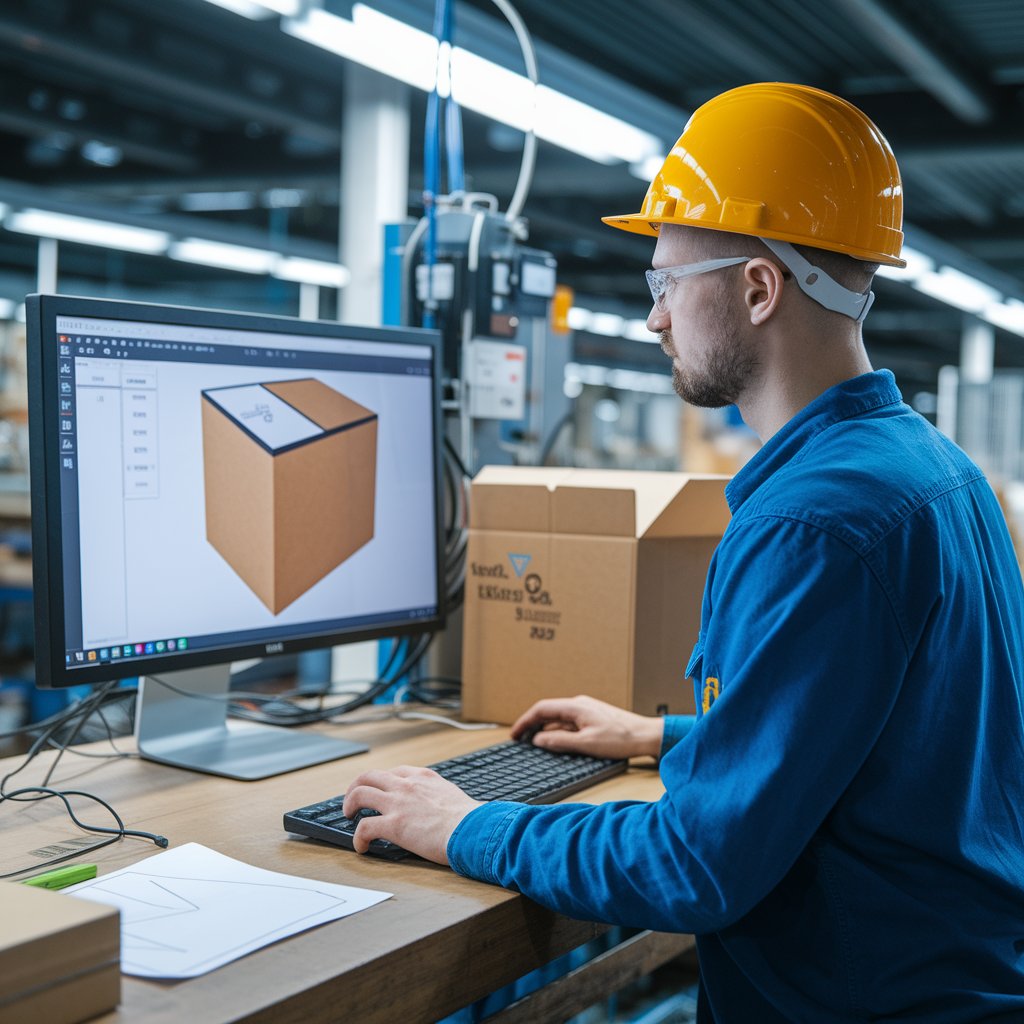The Future of Packaging: 5 Ways Technology is Transforming Design and Production

In the fast-evolving world of packaging, technology is revolutionizing how products are designed, produced, and experienced by consumers. Technological integration in packaging is no longer a futuristic concept—it’s happening now. From smart packaging to augmented reality (AR), these innovations are shaping the future of the industry. Let’s explore how technology is redefining packaging design and production.
1. Smart Packaging with IoT Sensors

The Internet of Things (IoT) has introduced smart packaging solutions that enhance functionality and user experience. These connected packages can monitor product freshness, track shipments, and even alert customers when it’s time to restock.
🛠 Example: Some food packaging now includes temperature-sensitive labels that change color if the product has been exposed to unsafe temperatures. This ensures product quality and builds consumer trust.
For manufacturers, integrating IoT-based QR codes and NFC chips provides real-time tracking, reducing waste and improving logistics efficiency.
2. Augmented Reality (AR) for Interactive Experiences

Augmented Reality (AR) is transforming packaging into an interactive experience. With a simple scan of a QR code, customers can unlock digital content such as product tutorials, brand stories, or even immersive games.
📱 Example: A popular cereal brand launched an AR-enabled box where kids could scan the package to play an educational game on their smartphones. This not only engages the user but also strengthens brand loyalty.
AR is especially valuable in industries like cosmetics and electronics, where virtual try-ons and interactive user guides enhance the shopping experience.
3. AI-Driven Custom Packaging

Artificial Intelligence (AI) is making packaging smarter and more personalized. Brands are leveraging AI-powered tools to analyze customer preferences and create custom packaging that resonates with their audience.
🤖 Example: Some e-commerce companies use AI to generate unique unboxing experiences, ensuring that each customer receives a package tailored to their interests and shopping behavior.
AI also plays a crucial role in optimizing packaging design, reducing material usage, and enhancing sustainability efforts.
4. 3D Printing for Rapid Prototyping
Gone are the days of lengthy prototype development. With 3D printing, packaging designers can now create prototypes within hours, significantly speeding up the testing phase.
🎨 Example: Beverage companies are using 3D-printed bottle prototypes to test different designs before committing to full-scale production. This not only saves time but also reduces costs.
3D printing is also being used to create customized packaging solutions, allowing brands to offer limited-edition and highly personalized products.
5. Sustainable Packaging Through AI and Automation
Sustainability is a top priority in packaging, and technology is helping brands meet eco-friendly goals. AI and automation tools analyze packaging designs to minimize material waste and reduce carbon footprints.
🌱 Example: Some companies use AI-powered software to determine the most efficient box size for shipping, eliminating unnecessary filler material and reducing shipping costs.
Automation in packaging production also leads to energy-efficient processes, making mass production more environmentally responsible.
The Future of Packaging is Here
From smart sensors to AI-driven customization, technological integration in packaging is revolutionizing the industry. These innovations are not only enhancing consumer engagement but also improving efficiency, reducing waste, and driving sustainability.
🚀 Are you ready to embrace the future of packaging? Explore cutting-edge solutions today and stay ahead of the competition!